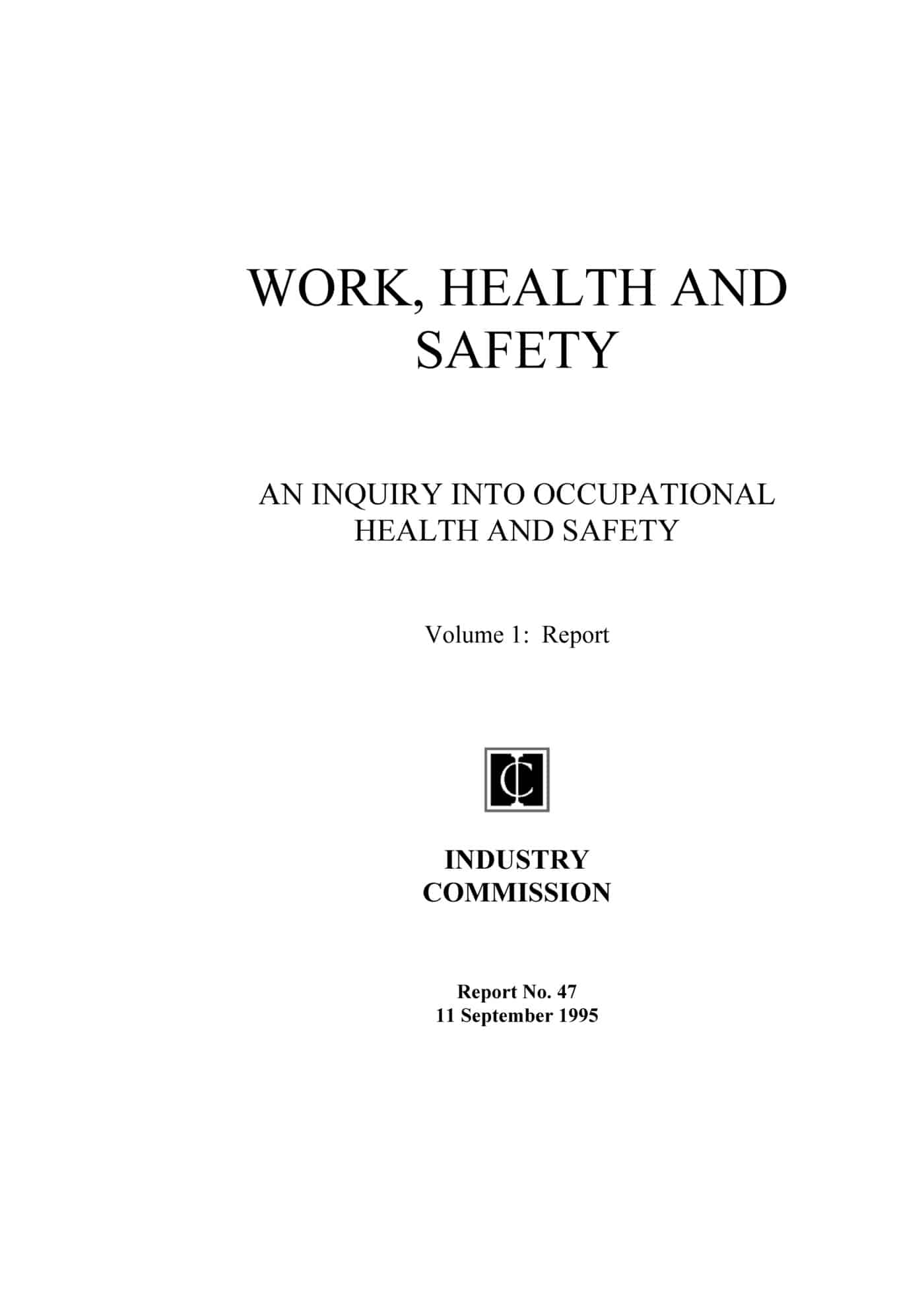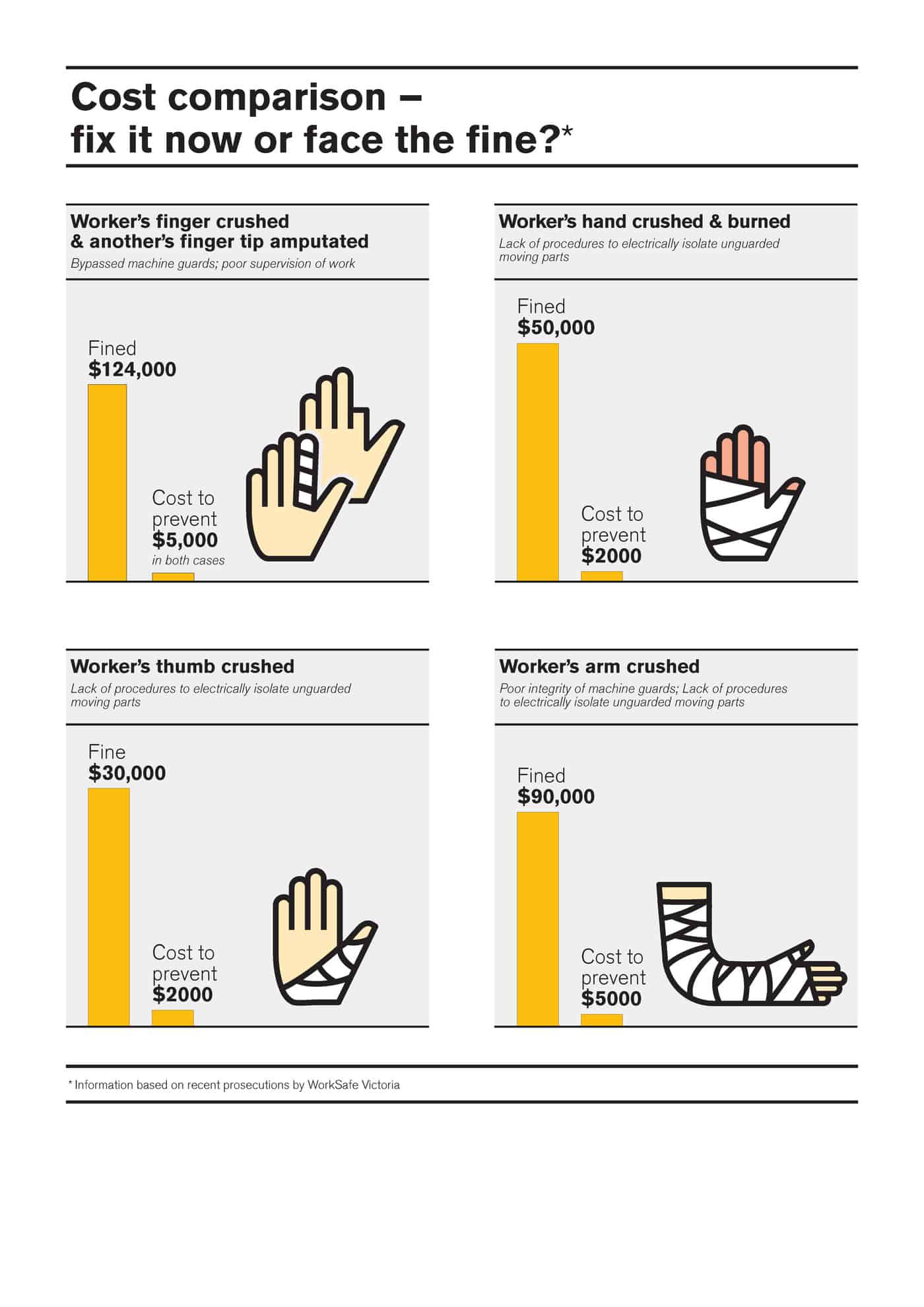 A lot of recent discussion of the impacts of workplace safety and productivity has centred on the Productivity Commission’s “Performance Benchmarking of Australian Business Regulation: Occupational Health & Safety” Report of 2010. However there was a 1995 report by the then-Industry Commission that can provide some broader context to the safety/productivity discussion. Recent evidence and research does not negate earlier reports and the safety/productivity debate should be considered over the longer time period, when there were different economic and political situations.
A lot of recent discussion of the impacts of workplace safety and productivity has centred on the Productivity Commission’s “Performance Benchmarking of Australian Business Regulation: Occupational Health & Safety” Report of 2010. However there was a 1995 report by the then-Industry Commission that can provide some broader context to the safety/productivity discussion. Recent evidence and research does not negate earlier reports and the safety/productivity debate should be considered over the longer time period, when there were different economic and political situations.
In 1995, the Industry Commission estimated the cost
“…to injured employees, their employers and the rest of the community of work-related injury and disease is at least $20 billion a year.” (page xiii)
(The March 2010 report stated the Australian Safety and Compensation Council
“…found the total economic cost of work-related injury and illness for the 2005-06 financial year to be $57.5 billion, representing 5.9 per cent of GDP.” Page 45)
The Industry Commission identified a ratio of costs associated with workplace injuries – 30-40-30:
“Around 30 per cent of the total cost
Continue reading “Evidence exists of productivity benefits of OHS but no one is using it”

 In 2012 many countries have been required to pursue economic austerity measures. A national or international economy rarely has any direct effect on safety management but the current economic status has led to an increase in harsh, or strong, political decisions and some of these decisions will affect safety management and professionals. One obvious manifestation of political safety decisions is the UK Government’s decision to allow small businesses to step outside its occupational health and safety (OHS) laws in its pursuit of reducing supposed “
In 2012 many countries have been required to pursue economic austerity measures. A national or international economy rarely has any direct effect on safety management but the current economic status has led to an increase in harsh, or strong, political decisions and some of these decisions will affect safety management and professionals. One obvious manifestation of political safety decisions is the UK Government’s decision to allow small businesses to step outside its occupational health and safety (OHS) laws in its pursuit of reducing supposed “ In 2012, the Victorian Government introduced a
In 2012, the Victorian Government introduced a 

